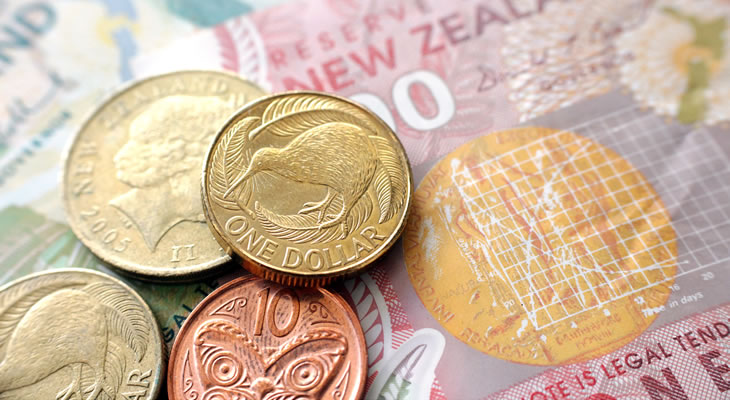The Pound to New Zealand Dollar exchange rate has edged higher this week and hit its best level in months. However, due to concerns about Britain’s economic outlook the pair has struggled with key psychological resistance levels below 1.80.
On Wednesday the pair trended in the region of 1.79 and reached its best levels since September 2016. The pair fluctuated between 1.79 and 1.78 on Thursday but poor risk-sentiment weighs on the New Zealand Dollar’s chances of further recovery.
This week’s main movements have been largely due to the Pound. Amid a lack of supportive domestic data and risk-averse trends in the market, the New Zealand Dollar has been limp.
Earlier in the week, poor UK manufacturing and construction PMIs for March from Markit left the Pound tumbling, as investors feared Britain’s economy was beginning to slow.
However, Wednesday saw the publication of an impressive UK services PMI for March. As services make up most of Britain’s economic activity, the unexpected improvement from 53.3 to 55 was welcomed and bolstered Sterling demand notably.
Due to relief that Britain’s economy was still not feeling any real ‘Brexit slowdown’ yet, investors overlooked cautious forecasts. Many analysts have argued that rising UK inflation is still likely to dent consumer activity in the coming months and the services sector contains many consumer-facing businesses.
For now however, the Pound’s outlook is firmer. Brexit jitters are unlikely to worsen considerably until May or June, when UK-EU negotiations are expected to begin in full.
The New Zealand Dollar, on the other hand, continues to see pressure in the short term. Until markets begin to find risk-correlated currencies appealing again the ‘Kiwi’s advance potential is highly limited.
Political jitters have worsened in the last few weeks. Uncertainty in South Africa, the US and France have caused a notable risk-averse attitude in forex markets.
Some analysts are concerned that the global trade outlook could be at risk this week too, as anti-trade US President Donald Trump meets with trade giant China’s President Xi Jinping.
A lack of influential New Zealand data published in the last week has also limited the ‘Kiwi’ Dollar’s strength. NZIER’s business confidence report for Q1 disappointed investors on Monday and things have been otherwise quiet.
This week also saw the latest Global Dairy Trade (GDT) auction. Prices of New Zealand’s most lucrative commodity only improved 1.6% and remained well below the levels seen in December and January.
With the only influential New Zealand data due for publication in the next week being a March business PMI, the ‘Kiwi’ is more likely to be influenced by risk-sentiment than domestic news.
As a result, the Pound to New Zealand Dollar outlook is higher unless demand for risk-correlated currencies improves, or if next week’s UK inflation stats are highly disappointing to investors.
At the time of updating this article, the Pound to New Zealand Dollar exchange rate trended in the region of 1.78. The New Zealand Dollar to Pound exchange rate traded at around 0.55.


Comments are closed.